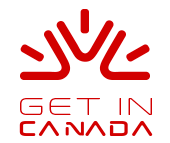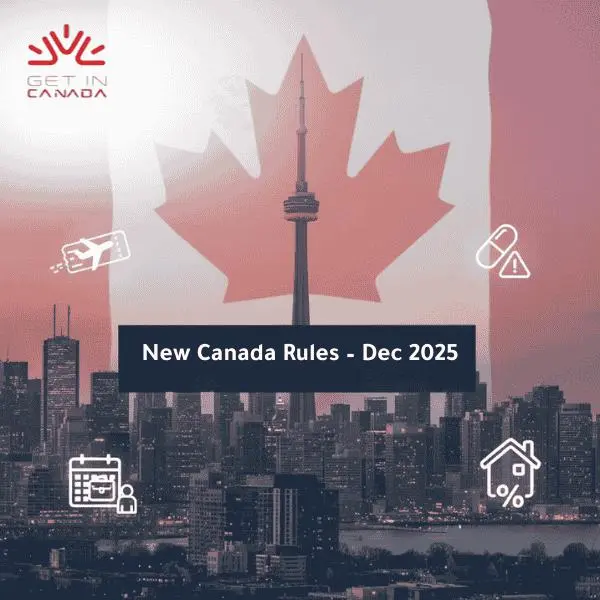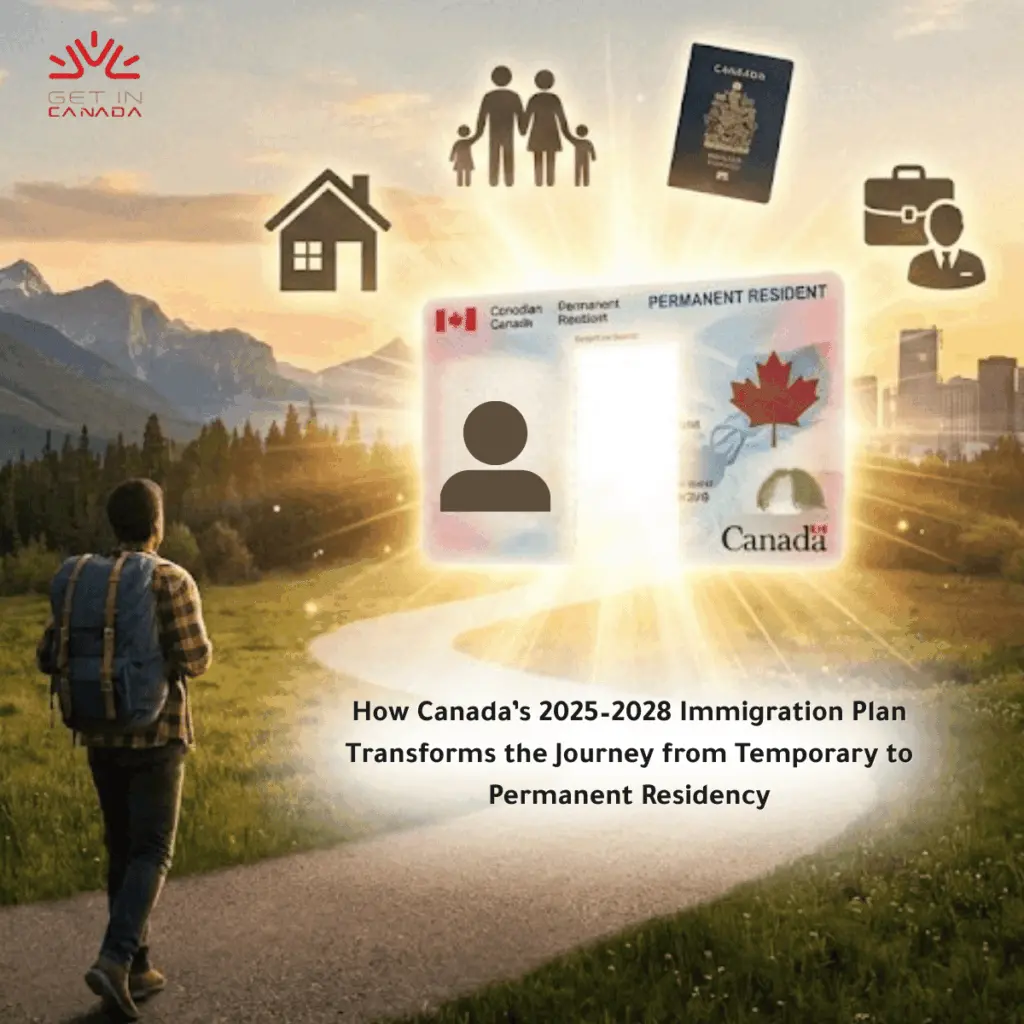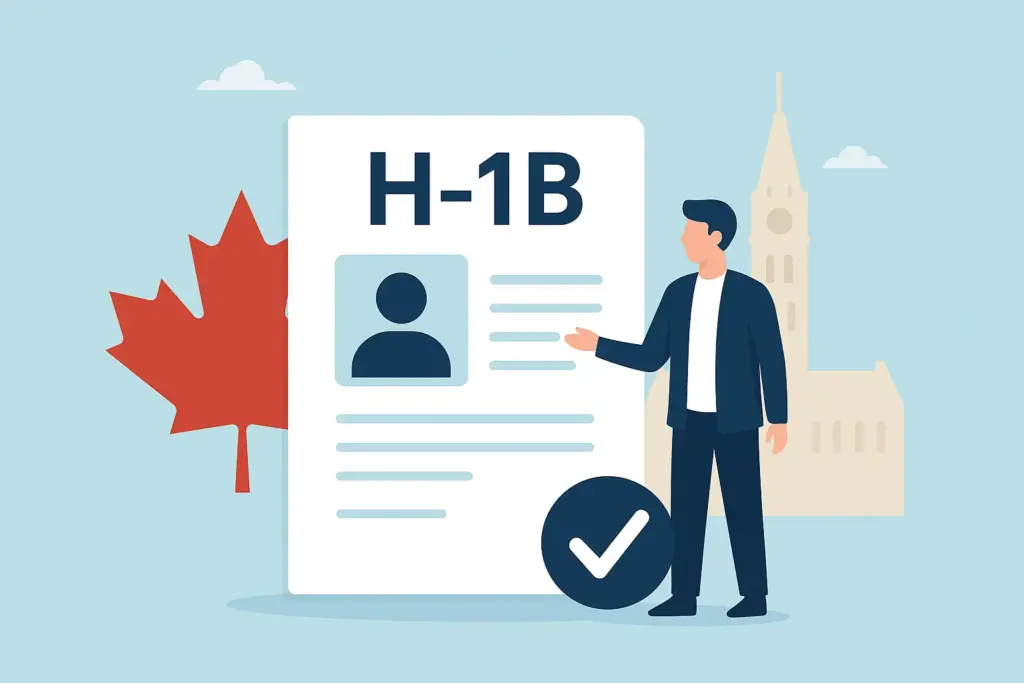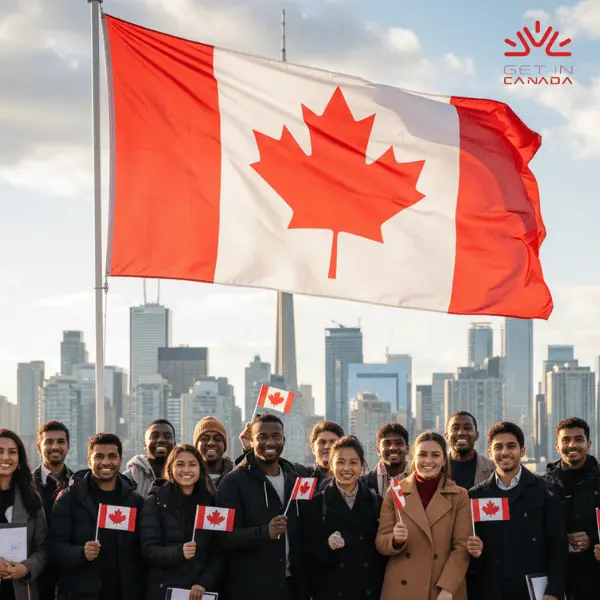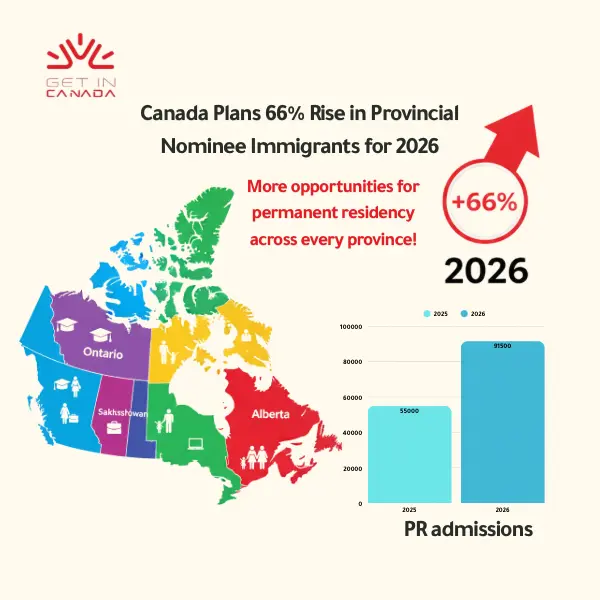Must-Visit Destinations to Explore and Travel in Canada 2025
Canada’s vast size, dramatic landscapes, and rich cultural tapestry make it a bucket-list travel destination for every adventurer. From the soaring peaks of the Canadian Rockies to the historic streets of Québec City, this comprehensive guide will walk you through the country’s must-visit destinations, offer essential travel tips for newcomers, present seasonal adventure itineraries, and introduce themed sections—Indigenous experiences, iconic road trips, foodie trails, glamping, budget strategies, and eco-tourism—to ensure your Canadian journey is seamless, enriching, and unforgettable.
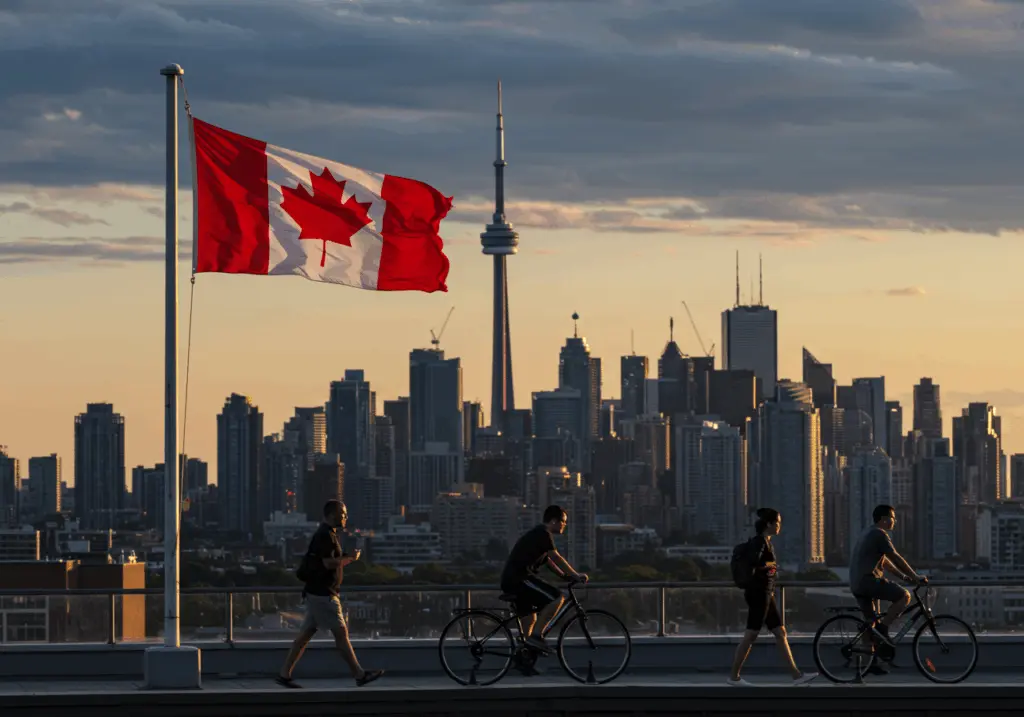
Must-Visit Destinations in Canada
Canada’s must-visit destinations offer an unparalleled blend of natural beauty and cultural richness, from the turquoise waters of Lake Louise in Banff to the historic ramparts of Old Québec. Whether you’re hiking among glaciers in Jasper National Park or wandering cobblestone streets in Montréal’s Old Port, these iconic spots define the essence of Canadian travel. Plan your itinerary early and secure park passes through Parks Canada to experience every highlight.
Rocky Mountain National Parks
The Canadian Rockies crown Canada’s tourism map. Banff National Park—established in 1885 as Canada’s first park—showcases glacial lakes, soaring peaks, and vibrant alpine meadows. Spend your first morning paddling the emerald waters of Lake Louise, then hike the Plain of Six Glaciers trail to vantage points above the Crowfoot Glacier. During summer, backcountry camping at Skoki Lodge (reserve via Parks Canada Reservations) immerses you in untouched wilderness. Wildlife sightings—elk grazing at dawn, mountain goats clinging to cliffs—are common along the Bow Valley Parkway.
Just 230 km north, Jasper National Park covers over 11,000 km², including the Columbia Icefield, the largest icefield in the Rockies. Join a guided Ice Explorer tour onto the Athabasca Glacier or take the Skywalk glass platform over the Sunwapta Valley. In winter, the town of Jasper transforms into a northern lights viewing hub, with tours departing nightly toward Miette Hot Springs under the aurora.
Both parks are UNESCO-protected, offering year-round outdoor adventure: skiing at Sunshine Village, cross-country trails in winter, and scenic drives on the Icefields Parkway—consistently ranked among the world’s top 10 drives. For lodging, choose from rustic cabins in Lake Louise, luxury hotels in Banff townsite, or cozy B&Bs in Jasper.
Historic and Cultural Cities
Canada’s urban heritage shines in Québec City and Montréal, where historic architecture meets vibrant modern culture. Old Québec—a UNESCO World Heritage Site—preserves 17th-century ramparts, cobblestone lanes, and the chateau-style Fairmont Le Château Frontenac overlooking the St. Lawrence River. Join a guided walking tour to learn about New France history, then sample maple taffy (tire d’érable) at a traditional sucrerie (maple sugar shack) just outside city limits.
Montréal’s Vieux-Montréal district blends European flair with North American energy. Explore the ornate interior of the Notre-Dame Basilica, then wander Place Jacques-Cartier for street performers and outdoor cafes. Nearby, the Old Port of Montréal offers paddleboat rentals, waterfront dining, and the immersive Voiles en Voiles adventure park. Culinary tours highlight local gems—Schwartz’s Deli for smoked meat, St-Viateur for classic bagels—while the Jean-Talon Market in the Plateau district showcases farm-fresh produce and regional specialties.
Both cities host world-class events: the Québec Winter Carnival (February) with ice palaces and night parades, and the Montréal Jazz Festival (late June) drawing internationally renowned musicians. For accommodations and festival schedules, visit Québec City Tourism and Tourisme Montréal.
Travel Tips for Newcomers
Our top travel tips for newcomers ensure a smooth arrival and seamless navigation—from loading your PRESTO card in Toronto to understanding tipping etiquette in restaurants across Canada. Embrace local customs by carrying some cash for small-town shops and learning basic French greetings in Québec. With smart packing, advance transit passes, and safety awareness, you’ll maximize every moment of your Canadian adventure.
Transportation and Logistics
Efficient travel in Canada hinges on understanding its transportation systems. In Toronto, the TTC network (subway, streetcar, bus) uses the PRESTO card—load funds online or at vending machines for discounted single-ride and transfer fares. Vancouver’s TransLink operates the SkyTrain, SeaBus, and buses via the Compass Card, purchasable at stations and retailers. In Montréal, the STM Metro’s four lines and extensive bus routes likewise accept monthly and day passes.
Intercity travel options include VIA Rail (book early for economy fares and “Escape” deals) and coach services like Greyhound Canada. For remote regions—northern communities, Cape Breton Island—consider regional carriers (Maritime Bus, Pacific Western). Domestic flights, often on sale via WestJet and Air Canada Rouge, connect coasts quickly. Car rentals are widespread—ensure winter tire availability if driving October–April—and consider GPS navigation for rural highways. Rideshare services (Uber, Lyft) operate in major cities, but may be scarce in winter storms.
Use apps like Transit or Moovit for real-time schedules and alerts. For detailed fare structures and service notices:
Always build extra time into itineraries—Canada’s distances and variable weather can impact schedules unexpectedly.
Budgeting, Safety & Local Etiquette
Canada uses the Canadian dollar (CAD). While credit/debit cards (Visa, Mastercard, Interac) are ubiquitous, carry small bills for rural markets or bus fares. Tipping 15–20% in restaurants and rounding up taxi or rideshare fees is standard. Factor in sales tax—GST (5%) plus PST or HST (5–10%)—added at checkout.
For budget travelers, explore hostels (HI-affiliated in major cities), consider house-sitting via TrustedHousesitters, or couchsurf responsibly. Grocery chain loyalty programs—PC Optimum at Loblaws, Scene+ at Sobeys—offer points on essentials.
Canada ranks high in safety, but standard precautions apply: secure valuables in hotel safes, keep emergency numbers (911) handy, and monitor weather alerts—particularly winter storm warnings in mountainous or prairie regions. Respect Indigenous sacred sites by following posted guidelines and seeking permission before drone use. Canadians emphasize politeness: hold doors, yield right-of-way, and use “please” and “thank you.” In Québec and parts of New Brunswick, basic French greetings (bonjour, merci) go a long way in daily interactions. For up-to-date travel advisories, consult Government of Canada Travel Advice.
Seasonal Travel Guides
These seasonal travel guides help you decide when to chase the midnight sun in the Yukon or enjoy snowy festivals in Québec City. In summer, long daylight hours are perfect for Cabot Trail road trips and paddleboarding in the Gulf Islands; in winter, ski resorts and aurora tours beckon. Consult park reservation portals and weather advisories to plan around peak seasons and ensure availability.
Summer Adventures (June–August)
Summer in Canada features up to 17 hours of daylight at high latitudes and pleasant temperatures (15–25 °C). Outdoor enthusiasts flock to national and provincial parks: paddle Algonquin Park’s canoe routes, bike the Kettle Valley Railway trail (BC), or camp atop Gros Morne’s fjord rim (NL). Iconic road trips include the Cabot Trail (NS) for coastal panoramas and the Dempster Highway (Yukon/NWT) for remote tundra vistas (prepare 740 km of gravel roads with fuel and emergency kits).
Festivals celebrate Canadian culture: Calgary Stampede (early July) features rodeos and chuckwagon races; Toronto Caribbean Carnival (late July) parades vibrant costumes down Lake Shore Boulevard; and Vancouver Folk Music Festival transforms Jericho Beach Park. Reserve campsites and accommodations early—Parks Canada’s Camping Reservations open in January for prime summer dates. Don’t forget insect repellent for mosquito-heavy wetlands and layering options for cool morning fog along coastal trails.
Winter Experiences (December–March)
Canada’s winter wonderland offers everything from alpine skiing to northern lights hunts. In Whistler Blackcomb (BC) or Banff Sunshine Village (AB), skiers enjoy expansive terrain and après-ski scenes. Québec’s Mont-Tremblant resort town blends European village charm with snowshoeing, fat biking, and Nordic spas. Snowmobiling trails abound in Ontario’s Haliburton Highlands and Saskatchewan’s Meadow Lake Provincial Park.
For aurora borealis, fly into Yellowknife (NWT) or Churchill (MB). Guided tours provide heated tents and photography workshops during the aurora season (late fall to early spring). If you prefer urban winter festivals, Québec City’s Winter Carnival (late Jan–early Feb) features massive ice sculptures, night parades, and mountaintop toboggan runs; Winnipeg’s Festival du Voyageur (Feb) honors fur-trade heritage with historical reenactments and ship’s galley feasts.
Prepare for temperatures well below –20 °C in the Prairies and North—layering is essential: moisture-wicking base layers, insulating mid-layers, and waterproof outer shells. Check provincial highway conditions via DriveBC and Québec 511 before venturing off the beaten path.
Indigenous and Cultural Experiences
Explore Canada’s living heritage through authentic Indigenous tourism and historical sites that connect you to thousands of years of First Nations, Inuit, and Métis cultures. These culturally immersive tours foster deeper understanding and respect, connecting you to traditions passed down for millennia. Book through certified operators at Indigenous Tourism Canada to support economic reconciliation and community-led stewardship.
First Nations Tours & Cultural Centers
Participate in First Nations tours led by Indigenous guides who share oral histories, traditional crafts, and land-based knowledge. In the Yukon, the Tr’ondëk-Klondike Cultural Centre (Dawson City) offers multimedia exhibits on the Klondike Gold Rush and Dene culture. On British Columbia’s west coast, Haida-led canoe journeys and totem pole carving workshops take place in Haida Gwaii, preserving Haida heritage. Ontario’s Manitoulin Island powwows feature drumming, dancing, and bannock-making demonstrations by Anishinaabe communities. Each experience supports economic reconciliation and provides cultural context often missing from standard tours. For a directory of certified Indigenous experiences nationwide, visit Tourism Indigenous Canada: Indigenous Tourism Canada.
Historic Sites & Living Heritage Villages
Step back in time at living heritage villages and UNESCO landmarks. Alberta’s Head-Smashed-In Buffalo Jump illustrates Blackfoot bison hunting methods dating back 5,500 years, complete with guided archaeological walks. In Newfoundland’s L’Anse aux Meadows, you can explore a Viking settlement reconstruction, learning about Norse seafaring and Norse-Indigenous interactions. Manitoba’s Lower Fort Garry (c. 1830) offers period-costumed interpreters, trading-post reenactments, and hands-on fur-trade activities. These interactive historic sites combine archaeological insights with storytelling, fostering deeper appreciation for Canada’s multicultural roots. Check opening dates and tour schedules at Parks Canada: Head-Smashed-In Buffalo Jump | L’Anse aux Meadows.
Iconic Road Trips & Scenic Drives
The iconic road trips & scenic drives through Canada showcase epic contrasts—from the glacier-carved valleys of the Icefields Parkway to the coastal cliffs of Nova Scotia’s Cabot Trail. Prepare for long stretches between services on routes like the Dempster Highway, and plan overnight stops in charming mountain lodges or seaside inns. Checking seasonal road conditions ensures a safe, spectacular journey.
Icefields Parkway & Sea to Sky Highway
The Icefields Parkway (Highway 93) between Banff and Jasper spans 232 km of glacial vistas and alpine meadows. Stop at Peyto Lake, whose turquoise hue rivals Caribbean waters, then strap into an Ice Explorer atop the Athabasca Glacier (book via Parks Canada Reservations). In British Columbia, the Sea to Sky Highway (Highway 99) connects Vancouver with Whistler. Highlights include Shannon Falls and the Sea to Sky Gondola near Squamish, offering suspension bridges and interpretive trails. Plan for summer construction closures and winter snow hazards by checking DriveBC. Car rentals with GPS or smartphone offline maps are essential; gas stations and lodging are sparse outside major towns.
Cabot Trail & Dempster Highway
Nova Scotia’s Cabot Trail loops 300 km through Cape Breton Highlands National Park, revealing ocean cliffs, Acadian villages, and Gaelic culture. Stop at lookouts like Skyline for whale-watching opportunities in the Gulf of St. Lawrence. In contrast, the Dempster Highway (Yukon/NWT) is Canada’s only public road across the Arctic Circle, stretching 740 km of gravel through tundra and permafrost. Prepare by stocking up on fuel in Inuvik and carrying extra food, water, and repair kits. Mobile signal disappears outside communities; carry a satellite messenger for emergencies. Both drives require careful itinerary planning to match daylight hours and fuel range.
Canadian Cuisine and Foodie Trails
Delight in Canadian cuisine and foodie trails by sampling Montréal’s legendary poutine, Ontario’s buttery tarts, and fresh PEI lobster rolls on scenic waterfronts. Wine lovers can follow the Niagara-on-the-Lake Icewine trail, while craft-beer aficionados explore BC’s microbrewery scene. Farmers’ markets and food festivals across the provinces offer farm-to-table experiences that celebrate local ingredients.
Poutine, Butter Tarts & Beyond
Poutine—fries topped with cheese curds and gravy—originated in Québec but has gourmet variations nationwide. Try duck confit poutine at Montréal’s Au Pied de Cochon or vegan versions at Vancouver’s Virtuous Pie. Ontario’s butter tarts (flaky crust, gooey center) shine at St. Jacobs Farmers’ Market and baked-goods festivals. In the Maritimes, fresh lobster rolls await on PEI’s North Rustico wharf, while Bay of Fundy diners serve digby scallops alongside blueberry grunt desserts. For authentic Indigenous ingredients, sample Nuxalk smoked salmon in British Columbia or wild rice dishes around Grand Portage.
Wineries, Craft Breweries & Distilleries
Canada’s wine regions often surprise visitors: Ontario’s Niagara-on-the-Lake produces world-class Icewine, with estates like Inniskillin offering cellar tours. On Vancouver Island, stop at Church & State Wines for estate bottlings. Craft beer aficionados can follow the BC Ale Trail (100+ breweries) or Montreal’s AleFest showcasing local microbrews. Don’t miss artisanal distilleries—Québec’s Cirka Distillerie, using local rye, or Nova Scotia’s Ironworks Distillery, known for peated-barley spirits. Many regions host harvest festivals (September–October), combining vineyard tours with farm-to-table dinners. Plan tastings via WineBC and Wine Country Ontario.
Accommodation and Glamping Options
Rest comfortably in settings that match your travel style—from wilderness retreats to city-center charm. Discover a range of accommodation & glamping options from Parks Canada oTENTik cabins nestled in alpine meadows to boutique urban hotels in Toronto and Vancouver. For a once-in-a-lifetime stay, try heated teepees under the aurora in Yellowknife or Victorian manor inns on Prince Edward Island. Book early to secure eco-friendly lodges and heritage properties, especially during peak travel seasons.
Backcountry Lodges and Eco-Camps
For wilderness immersion, book stays at ecosensitive lodges like Alberta’s Skoki Lodge, accessible only by ski or snowshoe in winter. Parks Canada’s oTENTik cabins—combining canvas tents with solid floors—are available at Banff, Jasper, and Riding Mountain in Manitoba. Northern adventures include Aurora Village in Yellowknife, featuring heated teepee domes under the northern lights sky. Indigenous-owned lodges, such as Nanuk Polar Bear Lodge in Churchill, offer cultural programming alongside bear-viewing platforms. Reservations fill quickly—secure your spot at Parks Canada Lodging.
Urban Boutique Hotels and Historic Inns
City travelers can choose heritage-style hotels: Hôtel Le Germain Québec in Old Québec offers contemporary design within stone walls, while Toronto’s The Drake combines art-filled interiors with a rooftop patio. In Vancouver, the Wedgewood Hotel & Spa on Robson Street blends boutique luxury with Pacific Northwest décor. For island stays, PEI’s Dalvay by the Sea provides a Victorian-era manor on dune-lined beaches. Many properties run seasonal packages—breakfast plus guided tours—check their official sites for promotions and local walking-tour partnerships.
Budget & Slow Travel Strategies
Adopt budget and slow travel strategies such as staying in HI hostels, house-sitting through TrustedHousesitters, or using Couchsurfing in university towns. Combine a Parks Canada Discovery Pass with VIA Rail multi-city tickets to stretch your travel dollar. Traveling during shoulder seasons and using city attraction passes help you delve deeper into local life without overspending.
Hostels, House-Sitting and Couchsurfing
Affordable lodging starts at Hi-hostels: HI Toronto, HI Vancouver, and HI Banff offer shared rooms and community kitchens. Platforms like TrustedHousesitters let you stay in private homes in exchange for pet-care—ideal for rural or suburban exploration. For authentic cultural exchange, try Couchsurfing in university towns or join local Facebook groups for sublets in off-peak seasons.
Multi-Pass & Season-Pass Savings
Invest in a Parks Canada Discovery Pass for unlimited 12-month entry to all national parks, reducing per-visit costs. VIA Rail’s Youth/Elder Half-Fare Pass and Canada DISCOVER multi-city pass cut intercity fares by up to 30%. In cities, purchase Toronto CityPASS (CN Tower, Ripley’s Aquarium), Vancouver Attraction Passport, or Montréal Héritage Card for bundled discounts on top attractions. Schedule travel during shoulder seasons (May, Sept) for hotel deals and fewer crowds.
Responsible and Eco-Tourism in Canada
Preserve Canada’s natural and cultural heritage through mindful travel. Commit to responsible & eco-tourism in Canada by following Leave No Trace principles, respecting wildlife distances, and participating in citizen-science projects like shoreline cleanups. Choose eco-certified tour operators and support conservation initiatives through volunteer programs. By treading lightly and giving back, you help preserve Canada’s landscapes and cultures for generations to come.
Leave No Trace and Wildlife Etiquette
Adhere to Leave No Trace principles: pack out all trash, camp only in designated areas, and avoid off-trail trampling of fragile tundra. When wildlife viewing, maintain a minimum 100 m distance from bears, wolves, and elk—use binoculars or zoom lenses. Store food in bear-resistant lockers provided at campsites, and attend free park safety talks for local animal-encounter guidelines.
Conservation Volunteering and Citizen Science
Combine travel with impact by joining citizen-science initiatives: participate in bird counts with Nature Canada, amphibian monitoring in Algonquin Provincial Park, or shoreline cleanups through the Great Canadian Shoreline Cleanup. Some programs—like Parks Canada’s Heritage School Program—offer lodging discounts for volunteers. Check seasonal volunteer calendars at WWF-Canada and local conservation authorities.
Conclusion
Canada’s vast landscapes, diverse cultures, and four vibrant seasons ensure it remains a top travel destination for any explorer. By diving deep into these must-visit destinations, mastering travel logistics, following seasonal guides, and embracing responsible tourism, you’ll craft a rich, memorable Canadian adventure. Use the embedded URLs for reservations, safety updates, and local insights. Whether glamping under the northern lights, paddling turquoise mountain lakes, or sampling world-class wines, Canada 2025 invites you to explore with curiosity, respect, and wonder. Pack wisely, plan thoroughly, and set forth on your next unforgettable journey.
